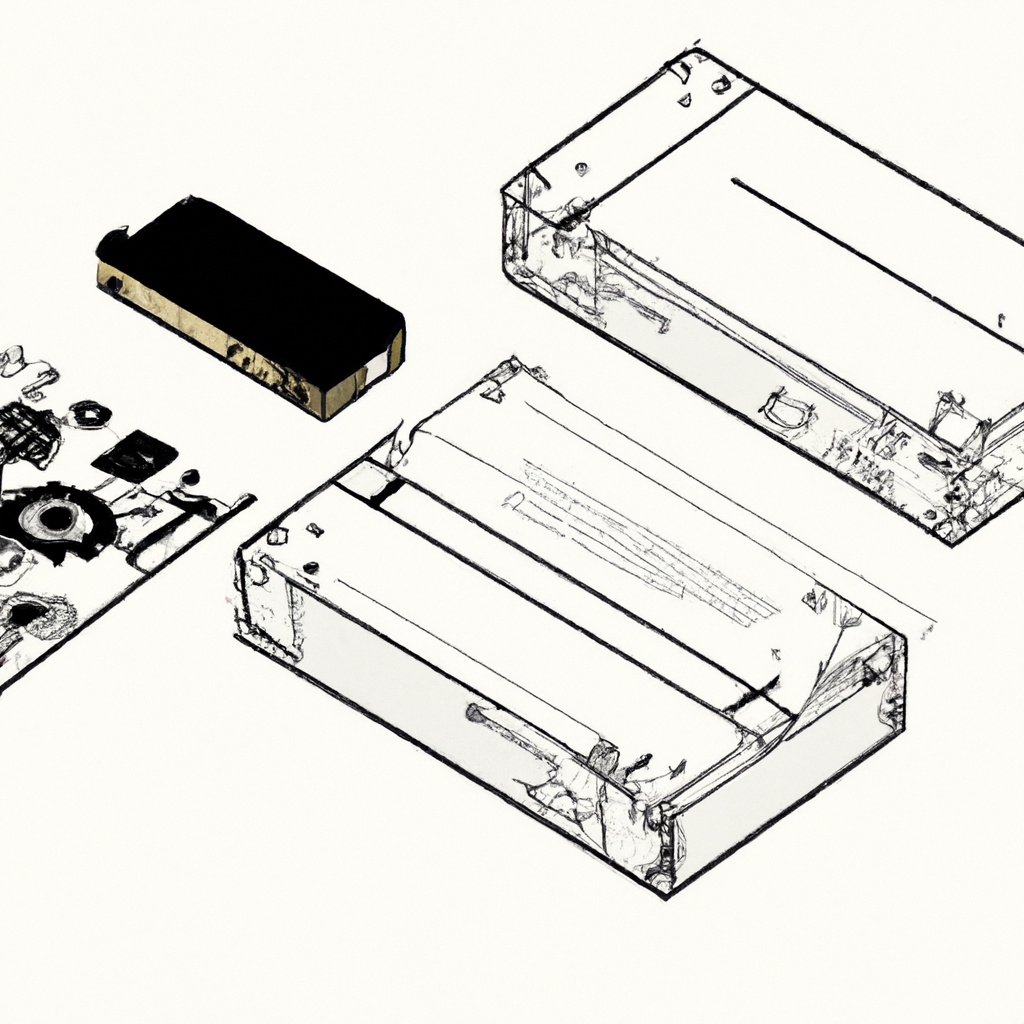Labs
Prototypes
A prototype is a preliminary model of a product or service that is created to test and validate its design, functionality, and usability.

Prototypes play a crucial role in innovation and transformation projects. They offer a tangible representation of ideas, allowing professionals to test, validate, and refine concepts before full-scale implementation. Let's explore the importance and benefits of prototypes in this article.
Where did Prototypes come from?
Prototyping is a crucial step in the innovation and transformation process, allowing professionals to test and refine their ideas before final implementation. Its roots can be traced back to the early 20th century when it became important in industries like engineering, architecture, and product design. With advancements in technology, prototyping has become more accessible and versatile, with virtual and digital prototypes gaining prominence alongside physical models. Today, prototyping continues to play a pivotal role in driving innovation across various fields by enabling teams to explore possibilities and mitigate risks efficiently.
What are the key concepts?
Some of the key concepts involved in Prototypes include:
- A prototype is a preliminary model of a product or service that is created to test and validate its design, functionality, and usability.
- Prototyping helps stakeholders visualize and understand the proposed solution before investing significant time and resources into development.
- Prototypes can be low-fidelity or high-fidelity, depending on the stage of the project and the level of detail required for testing and feedback.
- Iterative prototyping allows for continuous improvement by incorporating user feedback to refine the design and address any potential issues early in the development process.
- Effective prototypes aid in gathering insights, identifying potential risks, validating assumptions, and making informed decisions throughout the innovation and transformation journey.
What's the process?
Prototyping is a crucial step in the innovation and transformation process. It involves creating a preliminary version or model of a product, service, or system to test and gather feedback before producing the final version. The typical process starts with identifying the goals and requirements for the prototype, followed by designing and building it. Once complete, the prototype is tested and evaluated for functionality, usability, and user satisfaction. Feedback from users is then used to refine or iterate on the design before moving forward with production. Prototyping enables teams to visualize concepts, uncover potential issues early on, and ensure that they are creating solutions that meet user needs effectively.
What outcomes can you expect?
Some of the outcomes you can expect from working with Prototypes are:
- Gain a clearer understanding of how your innovation or transformation project will work in practice
- Identify potential shortcomings or challenges in your concept before investing significant resources
- Gather feedback from users or stakeholders to inform further development and improvement
- Test multiple iterations of your idea to refine and optimize its functionality and user experience
- Increase the chances of project success by reducing risk and uncertainty through hands-on experimentation
Are there any debates or criticisms to be aware of?
- Limited functionality: Prototypes may not fully represent the final product, leading to misunderstandings or false expectations.
- Time-consuming: Developing a prototype can be time-consuming, especially for complex projects, potentially delaying the overall development process.
- Resource-intensive: Building and iterating prototypes can require significant resources such as money, materials, and skilled personnel.
- Lack of user feedback: If prototypes are not tested with end-users or stakeholders early in the design process, important feedback might be missed.
- Overemphasis on visual appearance: Focusing too much on aesthetics during prototyping may neglect critical functionality and usability aspects.
Conclusion
Prototyping is a crucial step in the innovation and transformation process. It allows professionals to test and refine their ideas before final implementation, leading to clearer understanding, identifying potential shortcomings, gathering valuable feedback, optimizing functionality, reducing risk and uncertainty, ensuring solutions meet user needs effectively. While there are limitations such as limited functionality, time-consumption, resource-intensiveness, lack of user feedback at times or overemphasis on aesthetics; the benefits of prototyping far outweigh these challenges. It is an invaluable tool for driving successful innovation and transformation projects.
TLDR;
- Prototypes are mock-ups or models of a product, service, or process used to test and refine ideas.
- They allow stakeholders to see and interact with the concept before investing resources in development.
- Prototyping can help identify design flaws, user experience issues, and potential improvements early on.
- It encourages collaboration and feedback from various stakeholders, leading to better final outcomes.
- However, prototyping can be time-consuming and costly if not managed effectively.
